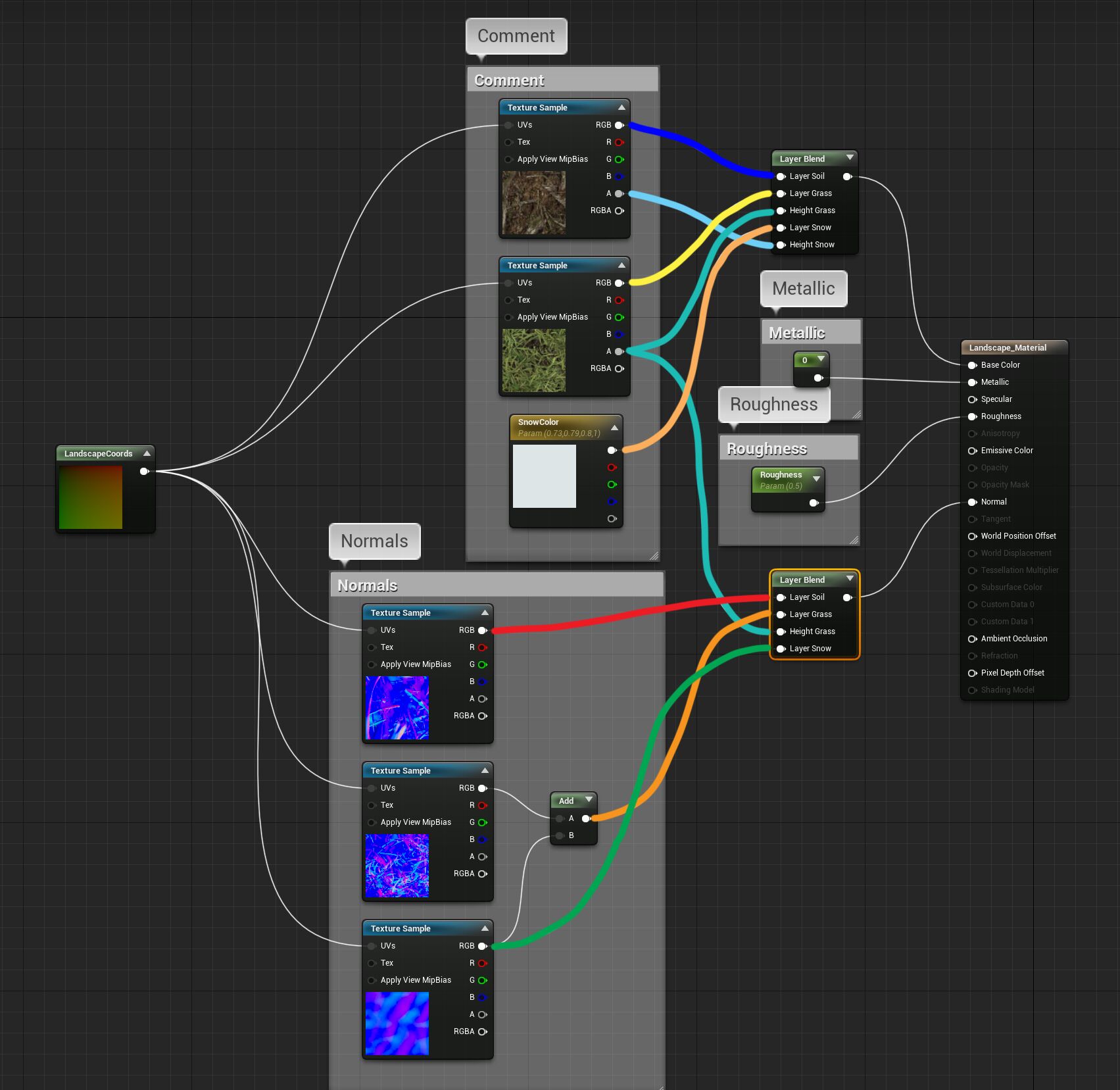
In a standard pipeline, LODs are created by the 3D modeler during the creation of that model. To solve this problem and optimize our game we can use Levels of Detail (LOD) to have that detail up close, while also showing a less intensive model at a distance.

However, when a player is far away from that model they won’t see any of that detail, even though the engine is still rendering all those triangles. Static Meshes within UE4 can have thousands, even hundreds of thousands of triangles in their mesh to show all the smallest details a 3D artist could want to put into their work. When we look at the Forward Rendering capture, we see that the scene’s runtime has improved from 103.6 to 44.0 ms, or 259 percent improvement, with most time taken up by the base pass and post processing both of which can be optimized further.įigure 16: Capture of the Reflection scene using Forward Rendering on Intel® HD Graphics 530 Level of Detail If we look at a frame capture of the scene using the Deferred Rendering in the Intel GPA Frame Analyzer tool, we see that the scene is running at 103.6 ms (9 fps) with a large duration of time being taken by lighting and reflections.įigure 15: Capture of the Reflection scene using Deferred Rendering on Intel® HD Graphics 530 While Forward Rendering comes with a loss of visual fidelity from reflections, lighting, and shadows, the remainder of the scene remains visually unchanged and performance increase maybe worth the trade-off.

If we look at the Reflection scene from Epic’s Marketplace, we can see some of the visual differences between Deferred and Forward Rendering.įigure 13: Reflection scene with Deferred Renderingįigure 14: Reflection scene with Forward Rendering Switching to Forward Rendering may be beneficial in these cases.įor more detail on the effect of using Forward Rendering, see the Epic documentation. While it typically looks the best, there are important performance implications to understand, especially for VR games and lower end hardware. Deferred Renderedĭeferred is the standard rendering method used by UE4. In this tutorial, we go over a collection of tools to use within and outside of the engine, as well some best practices for the editor, and scripting to help increase the frame rate and stability of a project.


This is part 2 of a tutorial to help developers improve the performance of their games in Unreal Engine* 4 (UE4). The contents of this guide work for version 4.19 of the Unreal Engine.


 0 kommentar(er)
0 kommentar(er)
